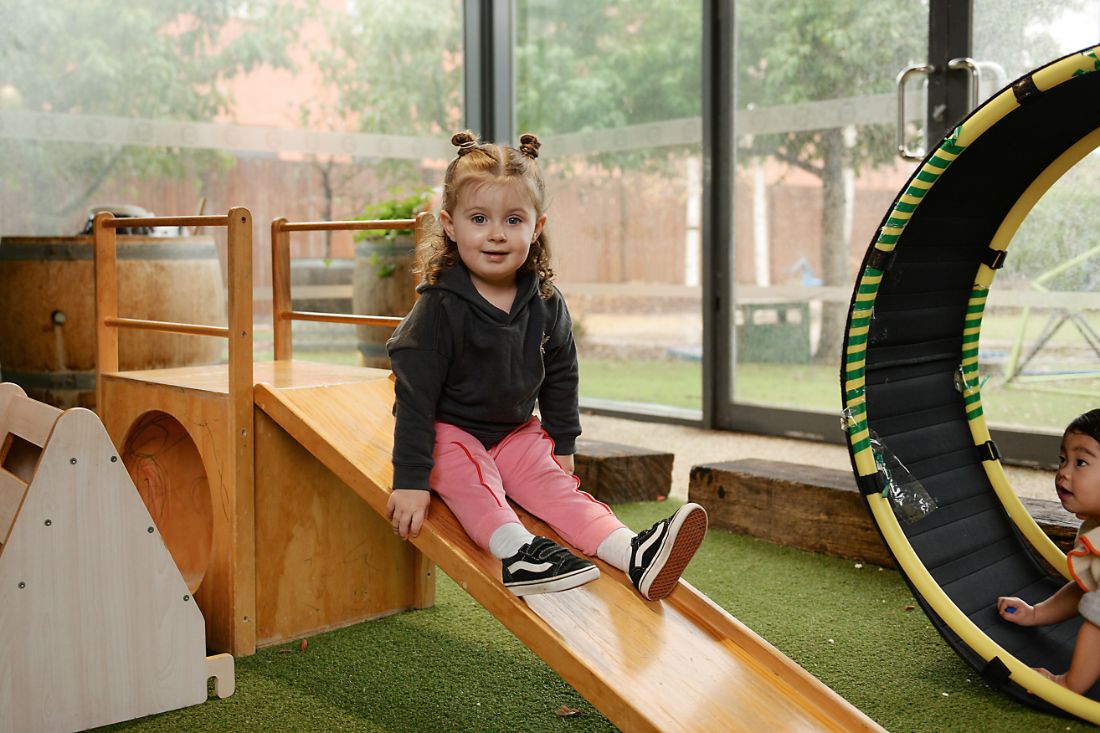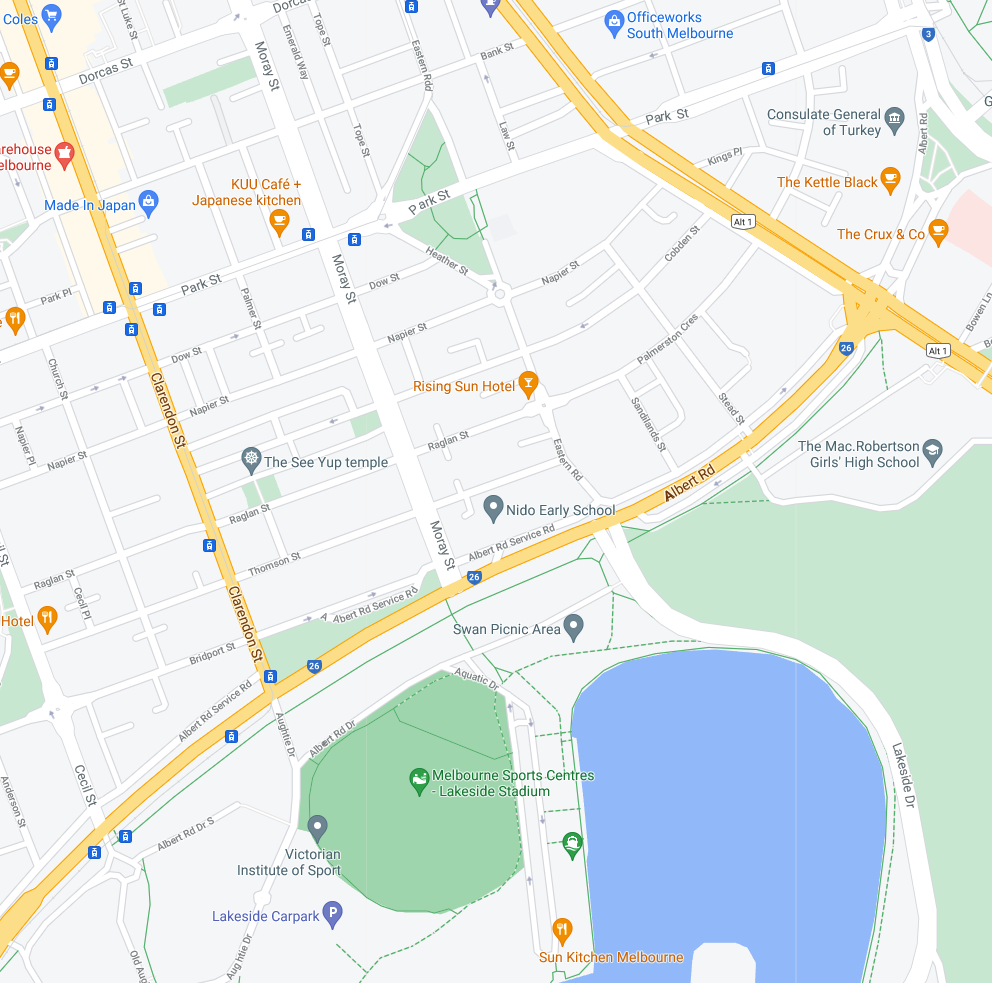
The concept of the environment being the third teacher in an early education environment isn’t new, but it’s an important one to grasp especially in the context of a young child’s learning and development.
What do we mean when we say ‘the environment is the third teacher’?
The physical environment at school is integral to the learning process.
It aids the child’s development, helps shape their identities and supports their unique path of learning and the development of important life skills.
In simple terms, it means that a well-designed space with lots of quality resources can have a positive impact on a child’s healthy development. It can support and enhance all areas of their early education and by contrast, a poorly designed one can actually detract from a child’s learning and growth.
The environment as the third teacher is a key principle of the Reggio Emilia approach to education, and in fact the term was first coined by the founder of the approach, Loris Malaguzzi. Other educational approaches emphasise the importance of the physical environment in the learning process at early schools and childcare centres, but the Reggio Emilia philosophy takes the concept much deeper.
The child’s surroundings are seen as an excellent medium for enriching every child’s learning experiences and the physical space sits alongside educators and families in helping shape what and how children learn.
All our Evoke Early Learning Centres are inspired by Reggio Emilia and each one offers welcoming indoor and outdoor spaces that encourage exploration, play and learning. You may be interested in this article on the Reggio Emilia philosophy which explains the approach in more detail.
How does the environment ‘teach’ the child?
For the environment to function effectively as a teacher, it needs to do the following things:
- Provide rich sensory experiences
- Support every child’s unique needs and preferences
- Encourage collaboration and investigation by providing quality resources and materials which enable young children to explore, discover and problem-solve
- Support the development of vital skills like gross and fine motor skills, as well as numeracy, language and communication skills
- Support a child’s sense of value, belonging, safety, security and competence
How do children learn from the environment?
Young children discover the world around them through multisensory experiences. The tendency of early learning environments is to focus on tactile and visual experiences, but a carefully designed one can stimulate all the child’s senses of sight, sound, touch, taste, hearing and smell.
A quality environment rich in content and choice will be updated and changed regularly, offering fresh opportunities for young children to explore and experiment using their senses (in a safe way of course!) to find and pursue topics that pique their unique interests.
A well-designed environment will support the diverse ways in which they interact with resources and materials – and with one another. The design of the spaces, the choice of resources, the use of natural light, the ability of children to move around freely etc are all key elements of a quality environment which aids and supports each individual’s development.
Careful selection of tools and materials will help a child start to develop key physical and cognitive skills. For example, picking up small objects and learning to control small movements helps with fine motor skills while gross motor skills would be supported by environments where active movements like climbing, jumping, swinging and balancing are encouraged.
How the environment can be a great teacher in terms of collaboration, co-operation and communication
Play-based learning is widely acknowledged as the best way for young people to find out about themselves, the world and their place in it.
A quality early learning environment gives children opportunities to explore their imaginations and to test, communicate and share their ideas. The resources and materials provided will support engagement and social interactions and children will learn through collaboration, co-operation and communication.
Why feedback is such an important aspect of the environment as the third teacher
When a child feels a sense of accomplishment and achievement, it can propel them to explore further. They feel good about themselves and this self-belief is an essential component for their future success.
Feedback is an important channel for helping to improve a child’s self confidence and in an early learning environment, this can be in the form of an activity that has been completed (doing a puzzle, building a tower) and in the form of a child’s work being displayed around the classroom. When a child sees their work documented and displayed in an environment where there is no judgement or expectation, they feel a greater sense of belonging.
A final word on the environment as the third teacher
You may find that having a broad understanding of the Reggio Emilia approach to early learning helps bring clarity to the concept of the environment as the ‘third teacher’.
In Reggio Emilia inspired environments like ours, teachers don’t ‘impart’ knowledge. We believe that each and every child is born with a unique curiosity and creativity and is a competent, capable and independent learner, directing their own learning according to their own interests. Our teachers, along with the children’s parents, the wider community and the environment, travel alongside the child together on a journey of mutual discovery. We would love to show you around our beautiful environments which have been carefully curated to make each child feel special and which support every child’s unique discovery journey. You’re welcome to book a tour of one of our Evoke Childcare Centres in Clayton or Albert Park to ask any questions you may have. Or find out more about how we operate by reading this article on our Evoke Childcare philosophy.

Tracey is a highly qualified educator and administrator and brings a strong combination of academic achievement, extensive work experience in the education and business sectors as well as drive and passion to her role as General Manager of Operations at Evoke Early Learning.
Tracey has a Master of Education and an Advanced Diploma of Business and holds VIT Dual Registration to teach in Early Childhood and Primary School settings. She’s also a VIT Trained Mentor Teacher and has worked in ECEC settings as a Director, Educational Leader and as a Victorian Senior Area manager. Her recognition as a state finalist in the recent Director of the Year Awards is testament to her achievements in the early education sector.
Her extensive work experience also included a stint as Head of Curriculum at the Royal Children’s Hospital Education Institute and positions as head of ICT at a number of large primary and secondary schools. Tracey is also experienced in not-for-profit sessional kindergarten settings and long daycare environments, so she has a deep understanding of what’s required to support the needs and expectations of young children, educators, parents and caregivers.
Tracey is responsible for operational management at Evoke Early Learning’s Clayton centre in Oakleigh East and their Albert Park centre in South Melbourne and is deeply committed to leading and driving effective and sustainable service delivery throughout the company.
Tracey is passionate about making a meaningful difference to young children, their parents and the wider community and under her expert guidance, Evoke Early Learning is continuing to raise the bar in quality early education and childcare.


